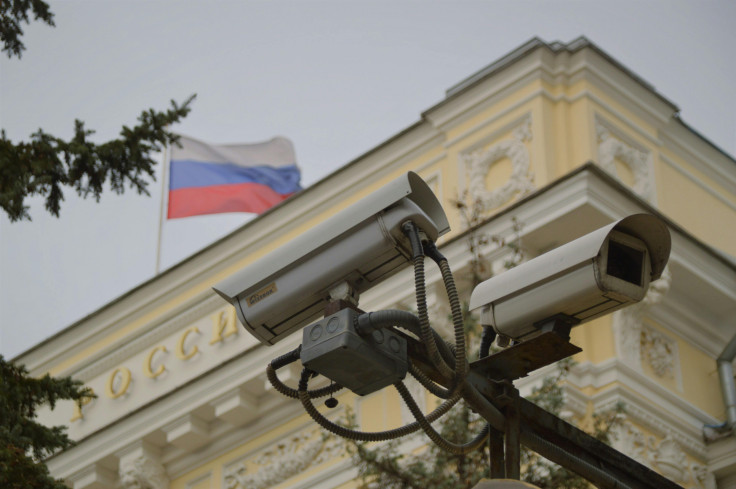A House Of Dynamite: Fact vs. Fiction Amid Putin's Recent Nuclear-Capable Missile Testing
KEY POINTS
- Russia confirms Burevestnik missile test with 'unlimited range' claims
- Netflix's A House of Dynamite sparks comparisons to real nuclear protocols
- Experts say film's depictions reflect real defence limitations
The timing could not be more striking. As Russia confirmed the successful test of its nuclear-powered Burevestnik cruise missile, Netflix premiered Kathryn Bigelow's new film A House of Dynamite — a tense political thriller imagining the chaos of a nuclear crisis. The coincidence has reignited global conversations about deterrence, escalation, and how close fiction has come to reflecting geopolitical reality.
Russia's Nuclear Missile Test
Russia has successfully tested its nuclear-powered Burevestnik cruise missile, a weapon President Vladimir Putin claims can penetrate any defence shield and travel almost unlimited distances. The launch coincided with a series of nuclear drills and renewed rhetoric from Moscow asserting that Russia 'will never bow to Western pressure' over the war in Ukraine.
The Burevestnik, also known by its NATO designation SSC-X-9 Skyfall, reportedly travelled 14,000 kilometres (approximately 8,700 miles) over a 15-hour flight during its latest test on 21 October, according to Russian Chief of the General Staff Valery Gerasimov. Putin described the missile as a 'unique' and 'invincible' weapon, adding that final preparations are underway for its deployment.
The announcement comes at a delicate geopolitical moment, with the United States easing restrictions on Ukraine's long-range missile operations and tensions between Moscow and Washington intensifying once again.
Fact Meets Fiction
The successful missile test coincides with the release of Netflix's new film A House of Dynamite, directed by Kathryn Bigelow, which explores how a nuclear crisis could unfold inside the US government. While the film is fictional, its timing has prompted widespread discussion about how close cinematic scenarios might mirror reality.
In the movie, an unidentified ballistic missile is detected heading toward the United States, setting off a series of high-level government responses and a desperate attempt to intercept the strike. Experts note that some of these depictions align closely with real-world defence challenges, such as the difficulty of stopping an incoming nuclear projectile.
According to US missile defence data, real-world interception systems succeed only about half the time—a limitation echoed in the film's script.
Fact vs. Fiction
Fact: Russia's Burevestnik missile is nuclear-powered, designed for near-unlimited range and unpredictable flight paths, as confirmed by Russian officials.
Fiction: The movie's depiction of instant global retaliation after a single detected missile is dramatic licence. Modern protocols include multiple verification layers to prevent accidental escalation.
Fact: Real nuclear launch authorisation still lies solely with a country's head of state—both in the US and Russia.
Fiction: The highly cinematic "war room" scenarios in A House of Dynamite are condensed versions of complex and largely decentralised decision-making systems.
Blurring the Line
Both the real missile test and the film's fictional crisis highlight renewed global anxiety around nuclear deterrence. With Russia confirming plans to deploy the Burevestnik and A House of Dynamite dominating streaming charts, the overlap between political reality and cinematic imagination feels increasingly narrow.
As Russia pushes forward with deploying a missile said to be capable of evading any defence system, and Netflix dramatises the very scenario world leaders dread, the overlap between art and arms has rarely felt sharper. If the line between fiction and reality continues to blur this closely — how long before one starts to look indistinguishable from the other?
© Copyright IBTimes 2025. All rights reserved.






















